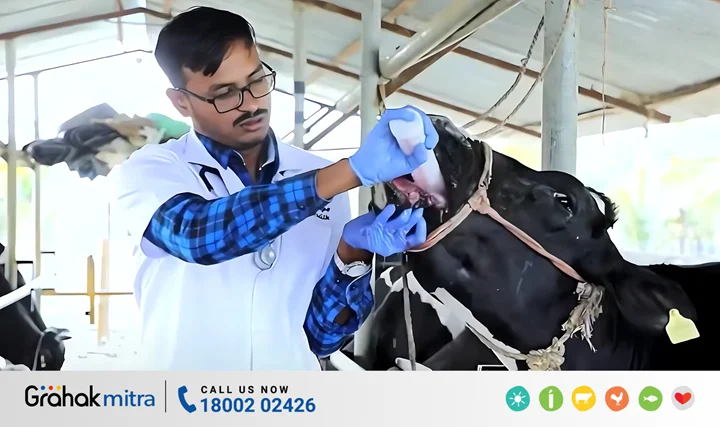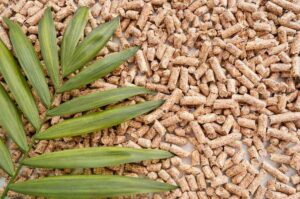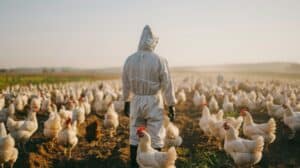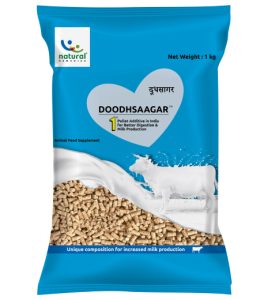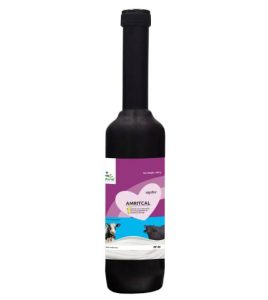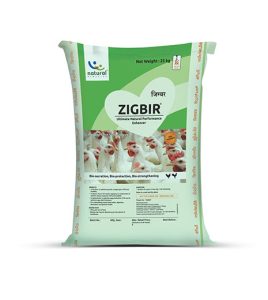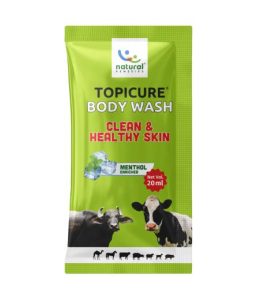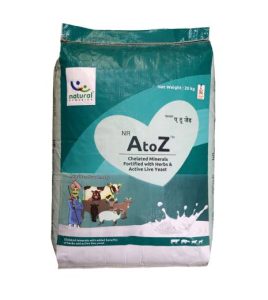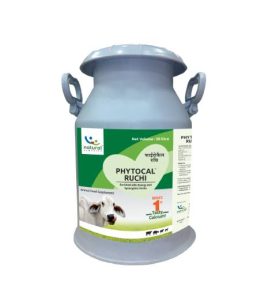Before we discuss the drenching bottle for cattle, let’s first understand what cattle drench is and how it works.
Cattle drenching means giving liquid medicine or supplements to cattle. You use a tube that enters their mouth and esophagus to treat cattle. People often use this method to get rid of internal parasites, such as worms. It also helps provide nutrients to sick or injured cattle.
Farmers and animal health professionals widely use this drencher in livestock farming as it is easy to use.
In this article, we will explore the process of cattle drenching. We will discuss the drenching bottle for cattle and its uses. We will also examine the medications that a drenching bottle can deliver.
Processes involved in cattle drenching
Preparation
To assess animal health, monitor symptoms such as weight loss, scouring, or signs of worm infestations to determine if drenching is necessary, and conduct worm egg count tests if available. The worm egg count will help determine the type and severity of infestation, guiding the choice of drench and dosing.
Administration Process
To safely administer the medication, begin by securing the animal to minimize stress and movement during the procedure. Carefully insert the drenching bottle into the cow’s mouth, guiding it down the esophagus, ensuring proper placement in the stomach to prevent lung damage. Administer the dose slowly and evenly for effective delivery. When removing the tube, lift it slightly to prevent any residual liquid from entering the lungs.
Post-Drenching
Monitor the animal closely for any adverse reactions or signs of improvement in its health. Maintain clear records of the treatment administered, including the type of drench used, the dosage, and the animals treated. These records will be valuable for future reference and farm audits.
Key Considerations
- Always use Personal Protective Equipment (PPE) while handling medications
- Use nose clips or other tools for cows to ensure proper placement to prevent injury
- Seek professional help if unsure about any step or if the animal resists excessively
Drenching bottle in cattle and its uses
A drenching bottle is a useful tool in farming. It helps deliver liquids straight to the stomach of cattle. It serves several purposes:
The bottle offers nutritional support by administering essential vitamins and minerals to cattle requiring dietary supplementation. It facilitates precise medication delivery, effectively treating internal parasites such as worms with anti-parasitic medications. Additionally, it aids in rehydration by supplying fluids to dehydrated animals, especially in cases of illness or heat stress, and ensures convenience by enabling targeted treatment for individual animals, minimizing waste.
Medications that can be administered via drenching bottle for cattle
The drenching method is an important way to give medications to cattle. It helps deliver the medicine to the animal’s digestive system effectively. Below are detailed descriptions of the common types of medications used, including specific dosage guidelines:
Anthelmintics
Anthelmintics are used to treat and prevent internal parasites, such as worms, in cattle. Examples include:
- Ivermectin: Administered orally, the dosage is typically 200 micrograms per kilogram of body weight
- Fenbendazole: Given as an oral drench, the standard dosage is 3.75 mL per 50 kg of body weight (7.5 mg per kg)
Accurate weight estimation is critical to avoid underdosing, which can lead to resistance, or overdosing, which may cause toxicity
Nutritional Supplements
Nutritional supplements replenish essential nutrients, especially during illness or recovery. These include:
- Electrolyte solutions: Administered orally at doses depending on the severity of dehydration
- Mineral mixtures: Health professionals provide zinc, copper, or selenium supplements based on deficiencies, typically mixing them with water
Anti-Inflammatories
Anti-inflammatory medications reduce pain and inflammation.
Administration Techniques
Proper administration is crucial:
- Use a calibrated drenching bottle for liquid medications
- Ensure the cattle are calm and restrained to prevent injury during administration
- Deliver the medication slowly to avoid choking
In conclusion, a drenching bottle is an indispensable tool for ensuring the optimal health of cattle. It provides a safe and effective method for delivering medications, nutritional supplements, and treatments.
Drenching bottles provide accurate dosages and reduce waste. This leads to better treatment results and less stress for both the animal and the handler. Investing in a high-quality drenching bottle is a practical step toward improved herd health management for cattle farmers.
Natural Remedies has been at the forefront of developing innovative solutions for animal care for over three decades. With cutting-edge products that address the challenges of cattle drenching. Natural Remedies has created a solution wherein the cattle can directly be given the medicine from the bottle.







.png)












.png)



